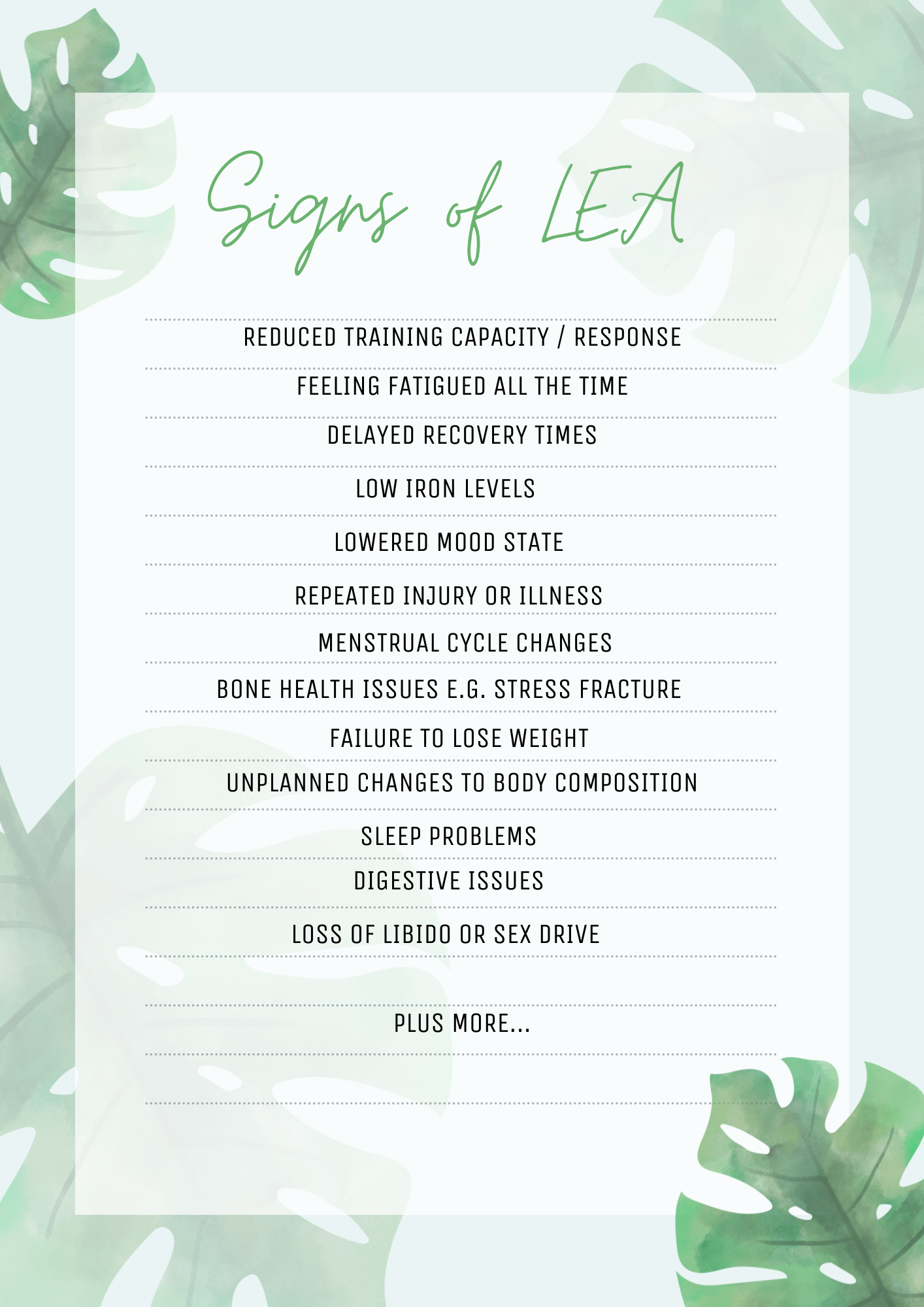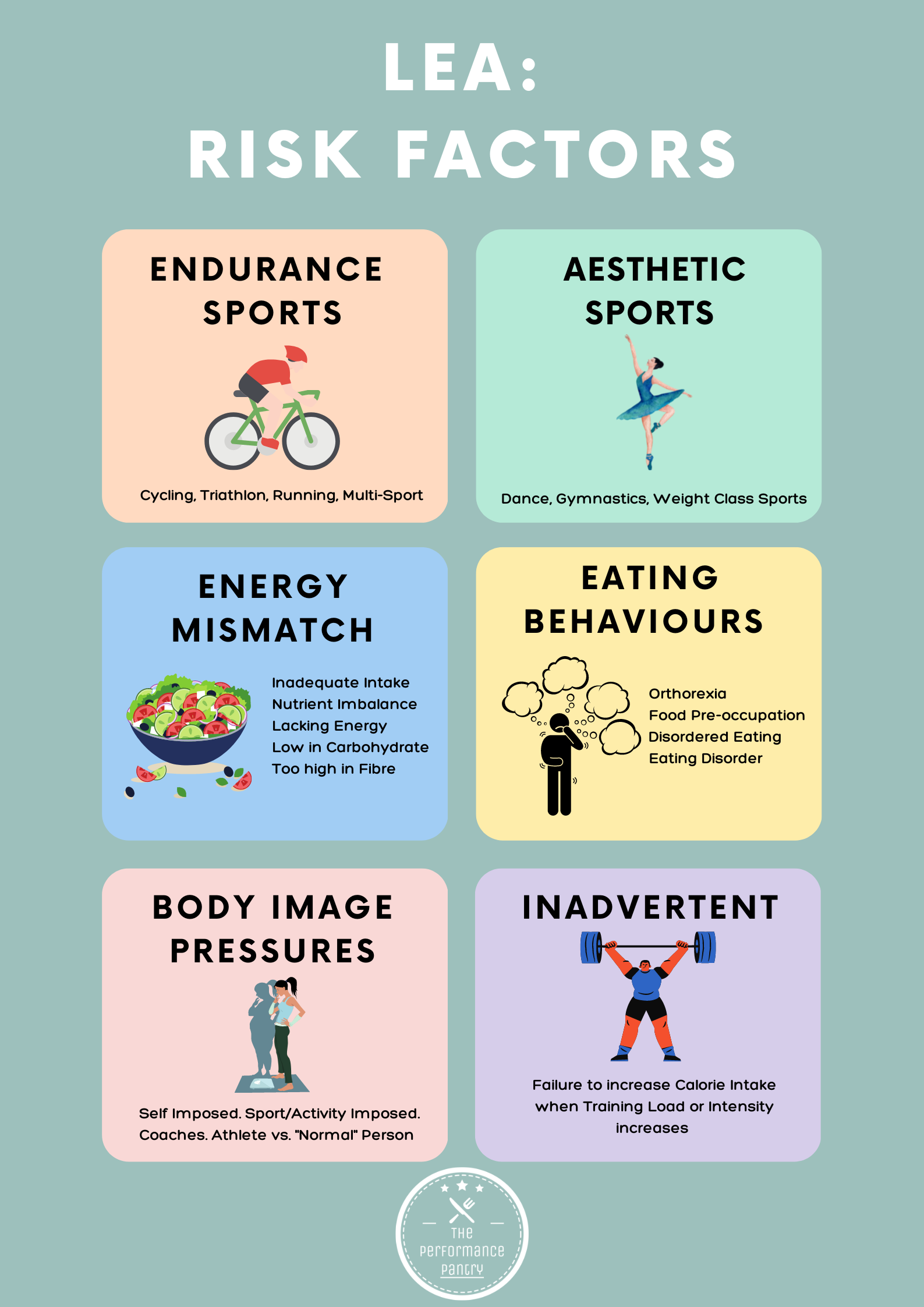When the energy (calories) we consume from food and drink is not enough to meet the energy cost of daily living AND exercise, the body runs at an ‘energy’ deficit aka Low Energy Availability.
People commonly overlook the amount of energy that is required by the body for everyday living such as the maintenance of hormones, bones, muscles, digestion, muscle mass, sleep, the list goes on. These essential functions count towards 60-80% of a person’s total energy expenditure!
Low Energy Availability (LEA) means that the body does not have enough energy left for itself and it’s multitude of vital functions.
Because LEA forces the body’s systems to adapt to the lower energy levels, this reduces the energy available to the body for essential functions and upsets the delicate homeostasis inside the body - this is not good news!
Oh, this can absolutely happen without any weight loss occurring at all. Weight has nothing to do with LEA! It can ocuur in all bodies & all levels of athletes.
WHY BE CONCERNED?
Consequences are widespread and can have long lasting, and in some cases devestating, effects on one’s health and athletic performance. LEA is at the centre of a collective clinical condition - Relative Energy Deficiency in Sport or RED-S.
This includes, but is not limited to: suppressed metabolic rate or alterations to metabolism, menstrual dysfunction or reduced testosterone levels, and impairments of immunity, protein synthesis and cardiovascular health.
These consequences can occur in as little as five days and can be acute, intermittent across a training year or chronic i.e. all the time.
IT IS SERIOUS.
IT IS OFTEN UNRECOGNISED BY MEDICAL PROFESISONALS.
IT CAN COMMONLY OCCUR IN THE ABSENCE OF ANY WEIGHT LOSS.
Health Consequences of Low Energy Availability, BMJ 2015
It is estimated that up to 50% of Recreational Female athletes in NZ are at risk
〰️
It is estimated that up to 50% of Recreational Female athletes in NZ are at risk 〰️
Other Dietary Patterns seen in LEA:
Low Carbohydrate Intake and Low Carbohydrate Availability for Training
Inadequate Protein Intake and Poor Spread of Protein across the day and in Relation To Training
High intake of Caffeine, often at expense of Food Intake
Inadequate Energy Intake across the day and in relation to Training Sessions
Regular Training Sessions done in a Fasted state
If any of these sound familiar to you, I’d stop and have a think about how your health and training is really going. Have you more tired than usual? Have you been picking up niggles here and there? Have you been getting bloated? Have your muscles been feeling weak? Have you been feeling low in mood or ratty or irritable?
It affects Training and Performance on a large scale:
Effects of LEA on Training and Performance, BMJ, 2015
who can help?
If you’re reading this and think “hmm, this kind of sounds like me” or if you suspect a training partner or team mate may have some signs of LEA, disordered eating or body image issues, go see one of the following for an assessment and management -
A Sports Dietitian, Sport Psychologist or Sports Medicine Practitioner
Nutrition intervention is at the centre of treating LEA and RED-S. Be sure to work with a Registered and experienced Dietitian or Sport Nutritionist in this field - like us!
We can help figure this out
We see this a lot, and often pick it up when people come to see us for unrelated issues (although we can often spot the connections straight away!).
Further Information:
British Journal of Sports Medicine - Relative Energy Deficiency in Sport (RED-S) 2015
High Performance Sport New Zealand - What is Low Energy Availability?
My Sport Science - What is Low Energy Availability in athletes?
Otago School of Medicine - Women Exercisers Face Health Risk if not Keeping up Energy intake
Otago School of Medicine - Low Energy Availability in NZ Recreational Athletes





